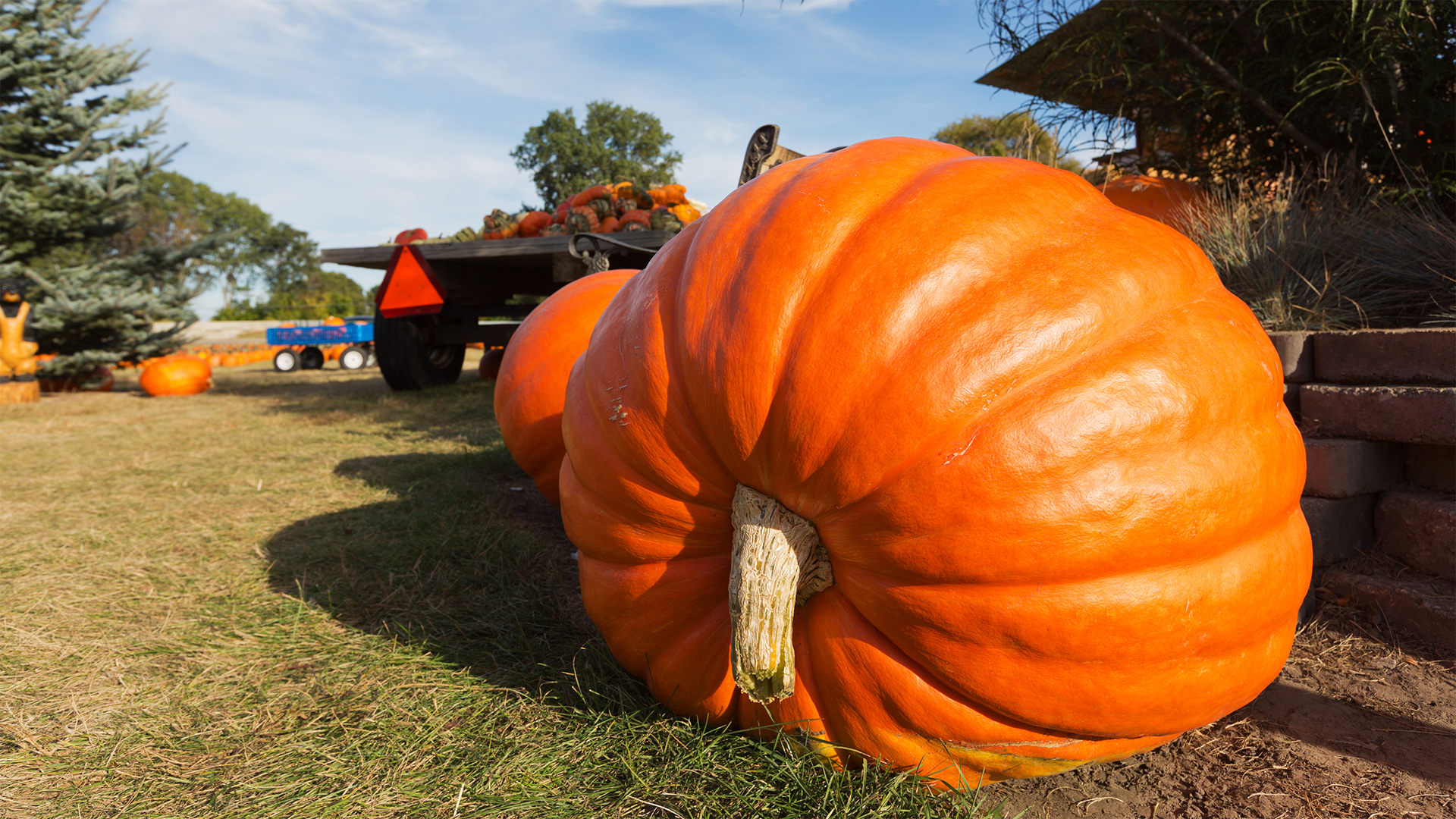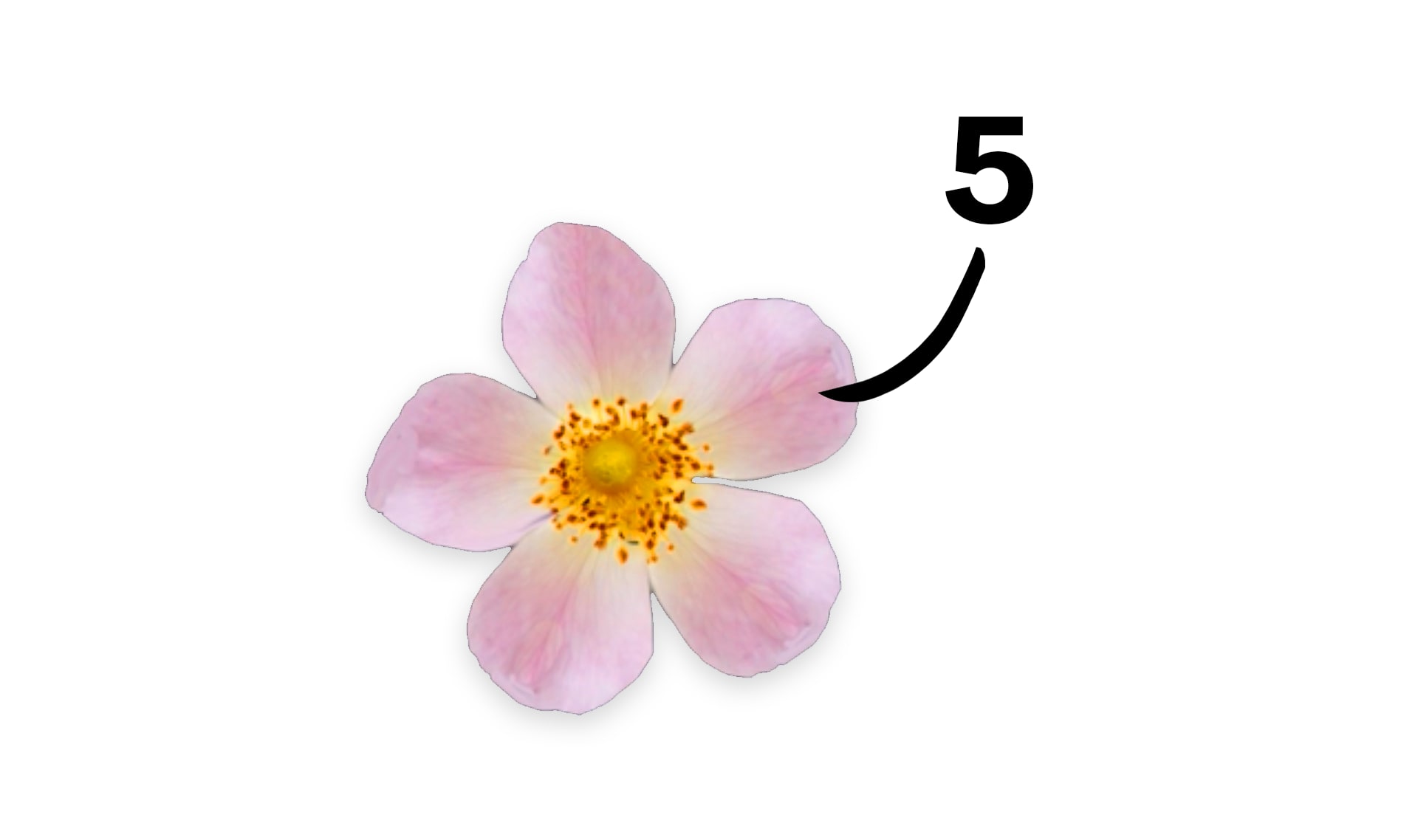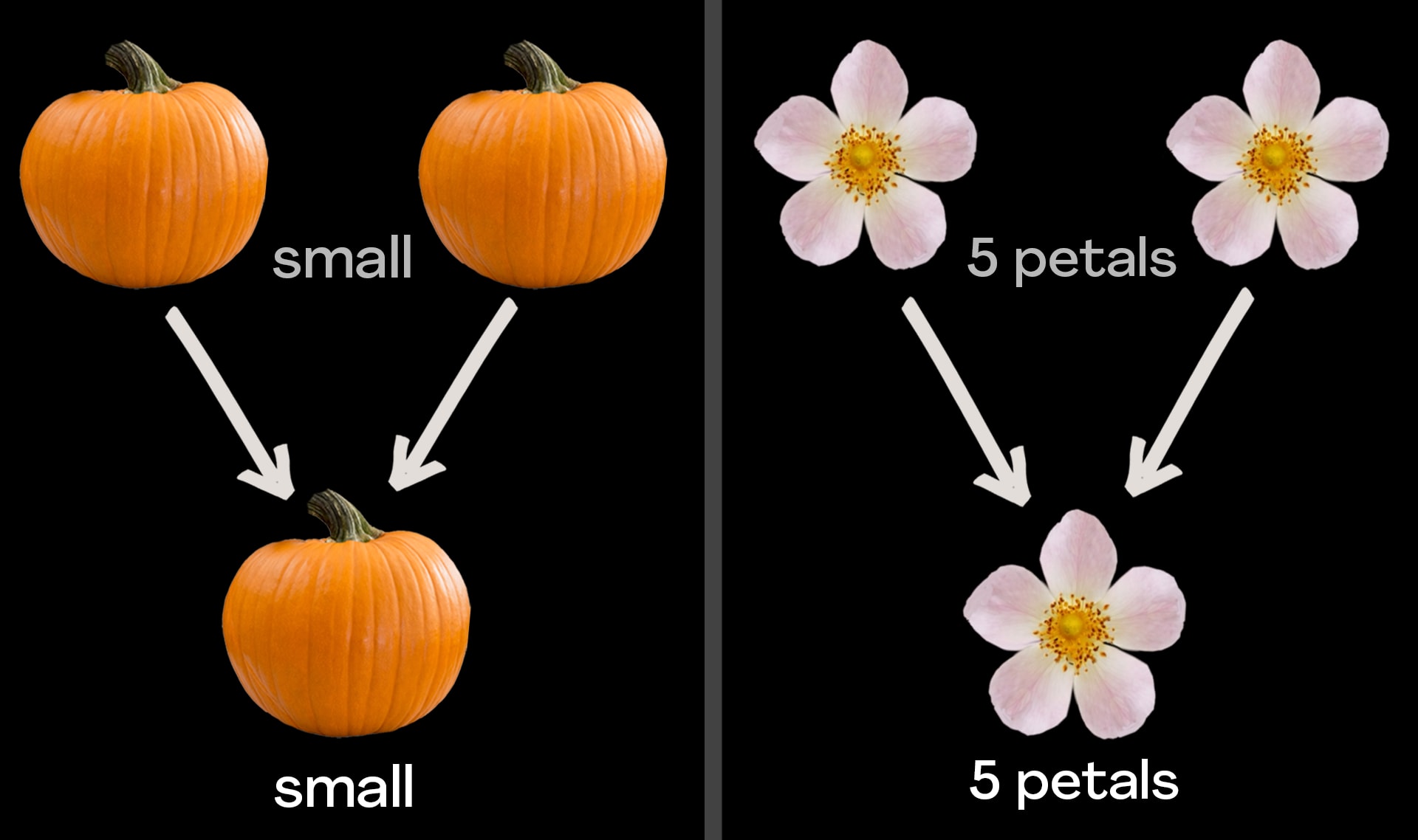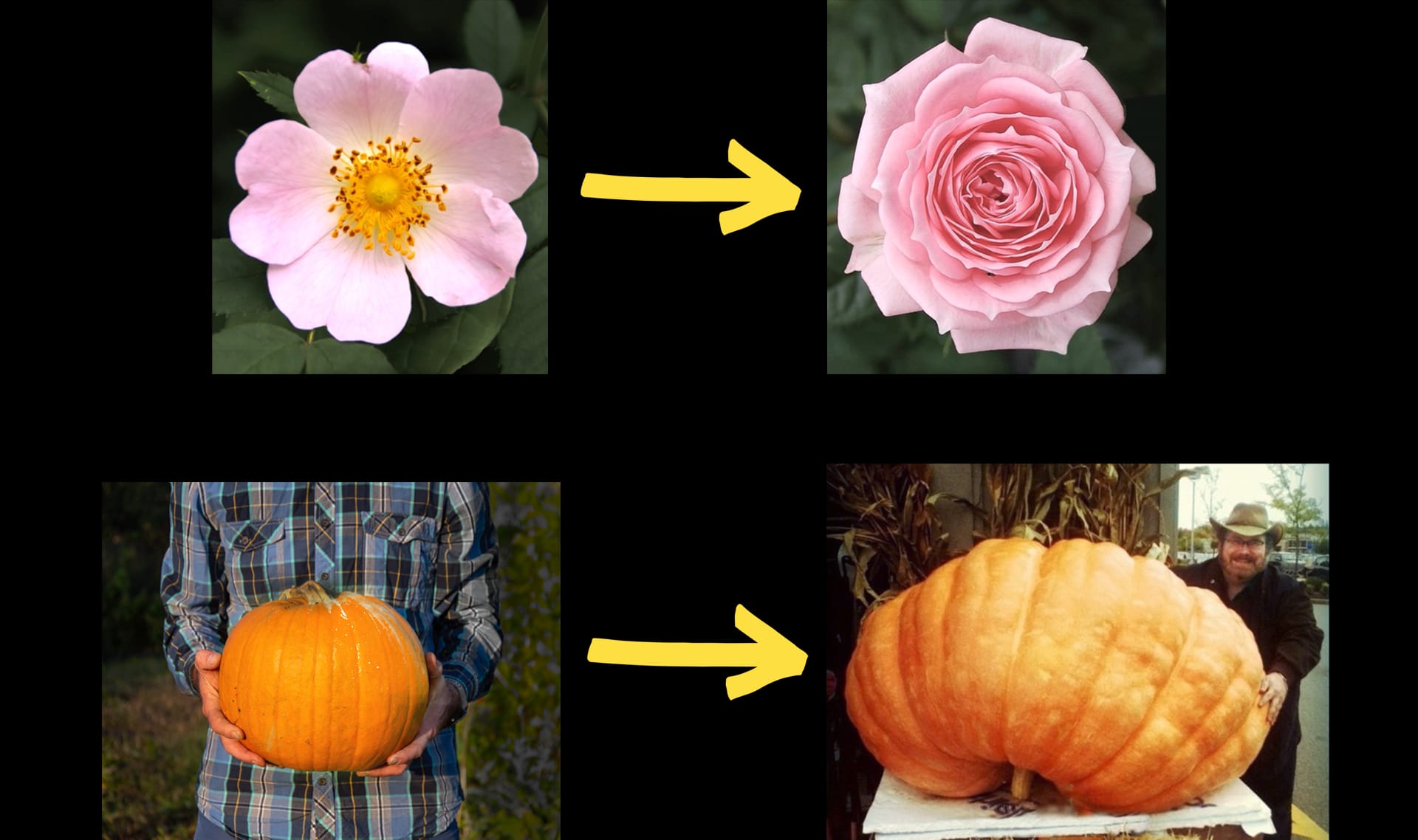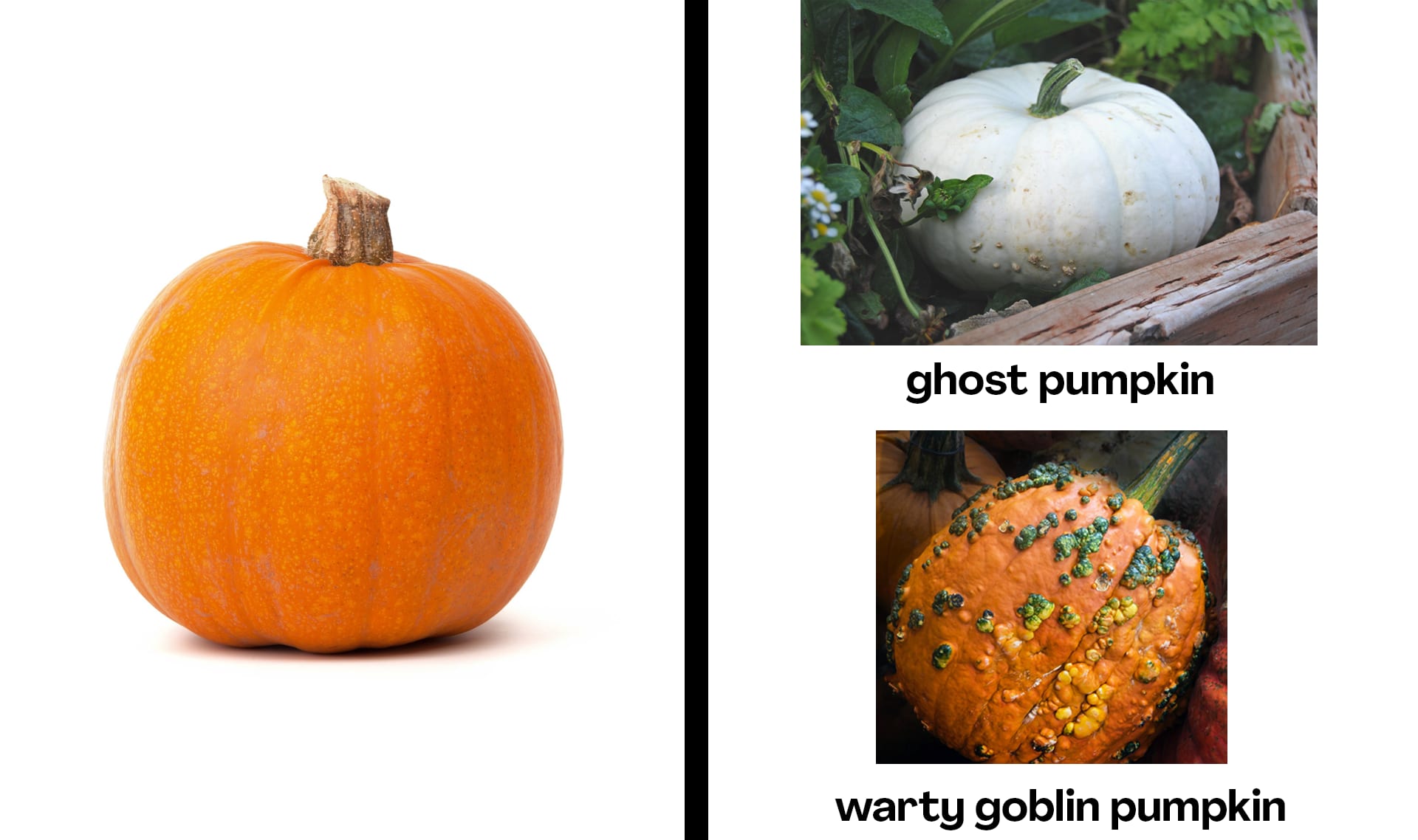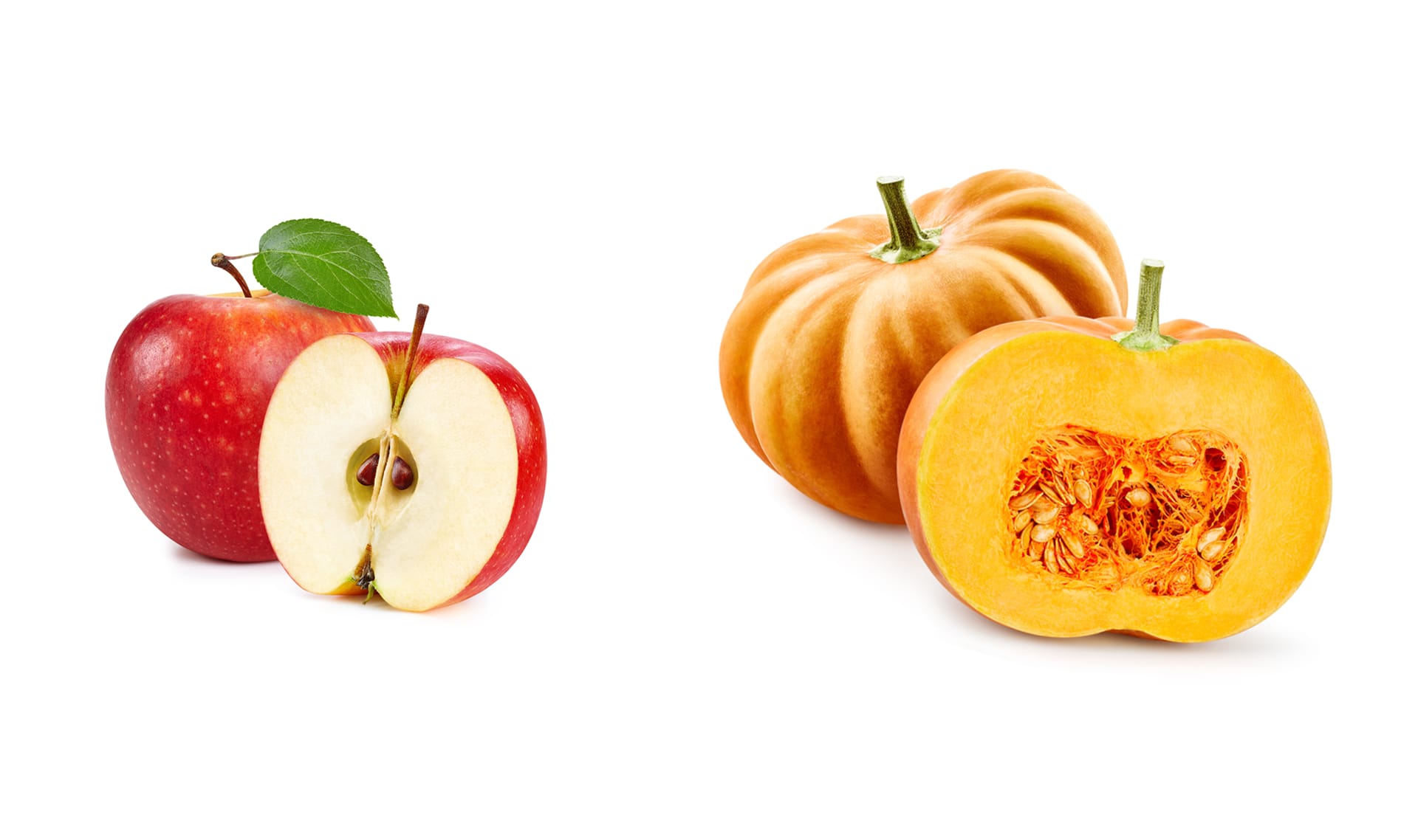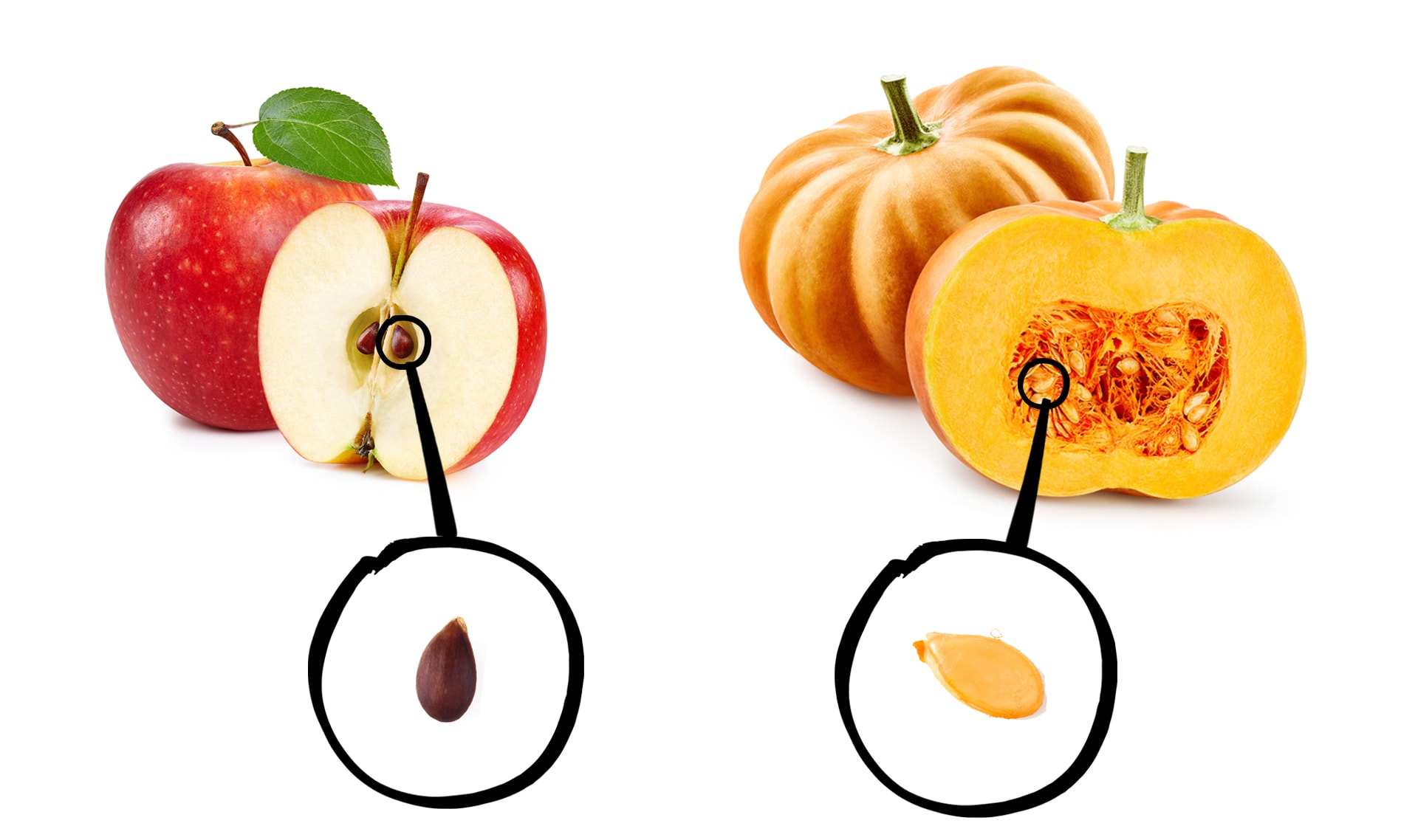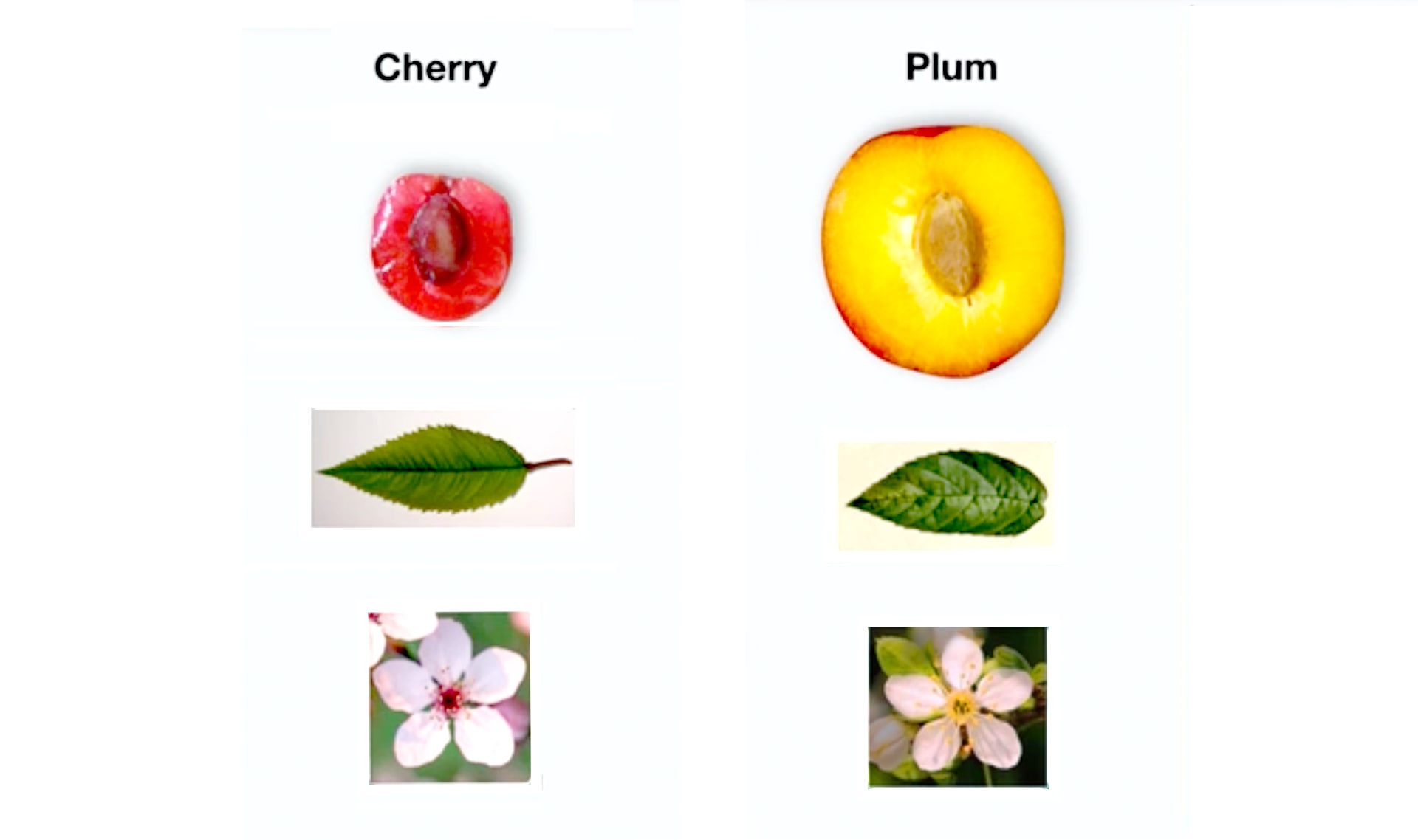Mystery Science respects the intellectual property rights of the owners of visual assets.
We make every effort to use images and videos under appropriate licenses from the owner or by
reaching out to the owner to get explicit permission. If you are the owner of a visual and
believe we are using it without permission, please
contact us—we will reply promptly and make
things right.
Exploration
ferry-morse pumpkin packet by
Eliza Cross
pumpkin seeds by
Shawn Campbell
, used under CC BY-SA
wood background by
Petr Kovar
, used under CC BY-SA
pumpkin vine by
furtwangl
, used under CC BY-SA
hand holding cup/plant by
UWyoExtension
, used under CC BY-SA
large pumpkin by
Christian Ude
, used under CC BY-SA
celestia: north america by
NASA
, used under Public Domain
pumpkin patch by
Sweet Posy Dreams
patch with sign by
Sycamore Pumpkin Festival
/ we cropped the Sycamore flag from an image
giant pumpkins by
Yourcsd
, used under CC BY-SA
tree by
Public Domain Images
pumpkin in hand by
Olichel
giant pumpkins + cowboy by
Mike Mozart
, used under CC BY-SA
frame by
Alvaro
, used under CC BY-SA
swirly watermelon by
Alvaro
, used under CC BY-SA
modern watermelon by
Stefan Schweihofer
, used under Public Domain
fruit stall by
Daderot
, used under CC BY-SA
peach evolution by
James Kennedy
full size peach by
PublicDomainPictures
, used under Public Domain
hand by
Niek Verlaan
corn evolution: small by
Paul Ransome
ear of corn by
U.S. Department of Agriculture
, used under CC BY-SA
three shovels by
Lothar Wandtner
plethora of fruit by
Olearys
, used under CC BY-SA
pink roses by
StockSnap
, used under Public Domain
wild pink rose by
Efraimstochter
, used under Public Domain
pink rose by
Carla Nunziata
, used under CC BY-SA
pumpkin isolated by
PublicDomainImages
, used under Public Domain
family genetics by
Manuel Corpas
, used under Public Domain
gardener pruning by
Image used under license from Shutterstock.com: Fresnel
fresh vegetables by
Mary LaFrance
pumpkin patch by
liz west
, used under CC BY-SA
citrouille blanche by
Chef Simon
yellow & blue gourds by
Michael Schwarzenberger
, used under Public Domain
yellow gourd by
Efraimstochter
, used under Public Domain
gourd with bumps by
Robert Couse-Baker
, used under CC BY-SA
orange pumpking with streaks by
Jim Linwood
, used under CC BY-SA
gourd & pumpkin exhibition by
Kathastrophal
gourds & pumpkins by
blickpixel
, used under Public Domain
orange pumpkin vs. by
Petr Kratochvil
, used under Public Domain
orange pumpkin guts by
Denise Torres
white pumpkin guts by
Mirko Erakovic
pumpkin flower by
PublicDomainPictures
, used under Public Domain
pumpkin flowers by
Toshiyuki IMAI
, used under CC BY-SA
butternut squash by
PublicDomainIssues
, used under Public Domain
cucurbita maxima by
J.M.Garg
, used under CC BY-SA
granny smith by
Steve Buissinne
, used under Public Domain
red delicious by
Apple and Pear Australia Ltd.
, used under CC BY-SA
decorative squash by
Hans
, used under Public Domain
Activity
pumpkin face off by
William Warby
, used under CC BY-SA
cherry by
Amanda Slater
, used under CC BY-SA
grape by
Andrew McFarlane
, used under CC BY-SA
plum by
Alan Levine
, used under CC BY-SA
cherry blossom by
James Petts
, used under CC BY-SA
cherry interior by
Nova
, used under CC BY-SA
cherry leaf by
Rosser1954
, used under Public Domain
grape blossom by
Jckowal
, used under CC BY-SA
grape interior by
Yelkrokoyade
, used under CC BY-SA
grape leaf by
Forest and Kim Starr
, used under CC BY-SA
plum blossom by
Christopher Pluta
, used under Public Domain
plum interior by
Evan Amos
, used under Public Domain
plum leaf by
Plum leaves
, used under CC BY-SA
cucumber by
Rasbak
, used under CC BY-SA
dosakai by
Jamain
, used under CC BY-SA
lemon by
fir0002
cucumber blossom by
Petr Kratochvil
, used under Public Domain
cucumber interior by
viZZZual.com
, used under CC BY-SA
cucumber leaf by
Bincymb
, used under CC BY-SA
doaskai blossom by
Bicanski
, used under Public Domain
doaskai interior by
helsesenteret
doaskai leaf by
Scot Nelson
, used under CC BY-SA
lemon blossom by
Jessica Johnson
, used under Public Domain
lemon interior by
aleksandra85foto
, used under Public Domain
lemon leaf by
Tony Buser
, used under CC BY-SA
tomato by
tooony
, used under CC BY-SA
watermelon by
Shu Suehiro
, used under CC BY-SA
zebra fruit by
Pirate Alice
, used under CC BY-SA
tomato blossom by
Earth100
, used under CC BY-SA
tomato interior by
Rasbak
, used under CC BY-SA
tomato leaf by
Jerry Nettik
, used under Public Domain
watermelon blossom by
Pinus
, used under CC BY-SA
watermelon interior by
liz west
, used under CC BY-SA
watermelon leaf by
TonyCasanova33
, used under CC BY-SA
zebra fruit blossom by
Niek Willems
, used under CC BY-SA
zebra fruit interior by
Dan
, used under CC BY-SA
zebra fruit leaf by
Jerry Nettik
, used under Public Domain
